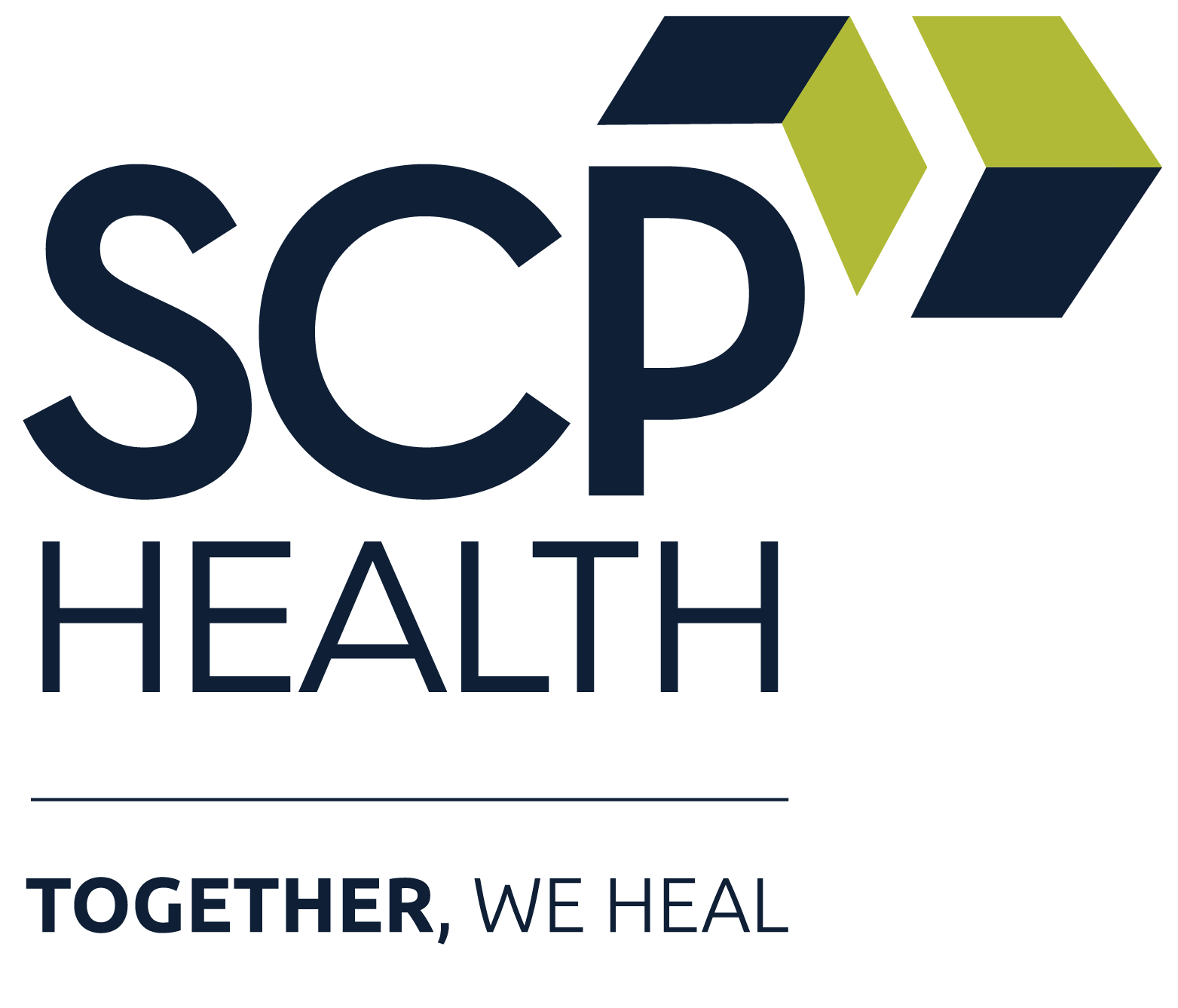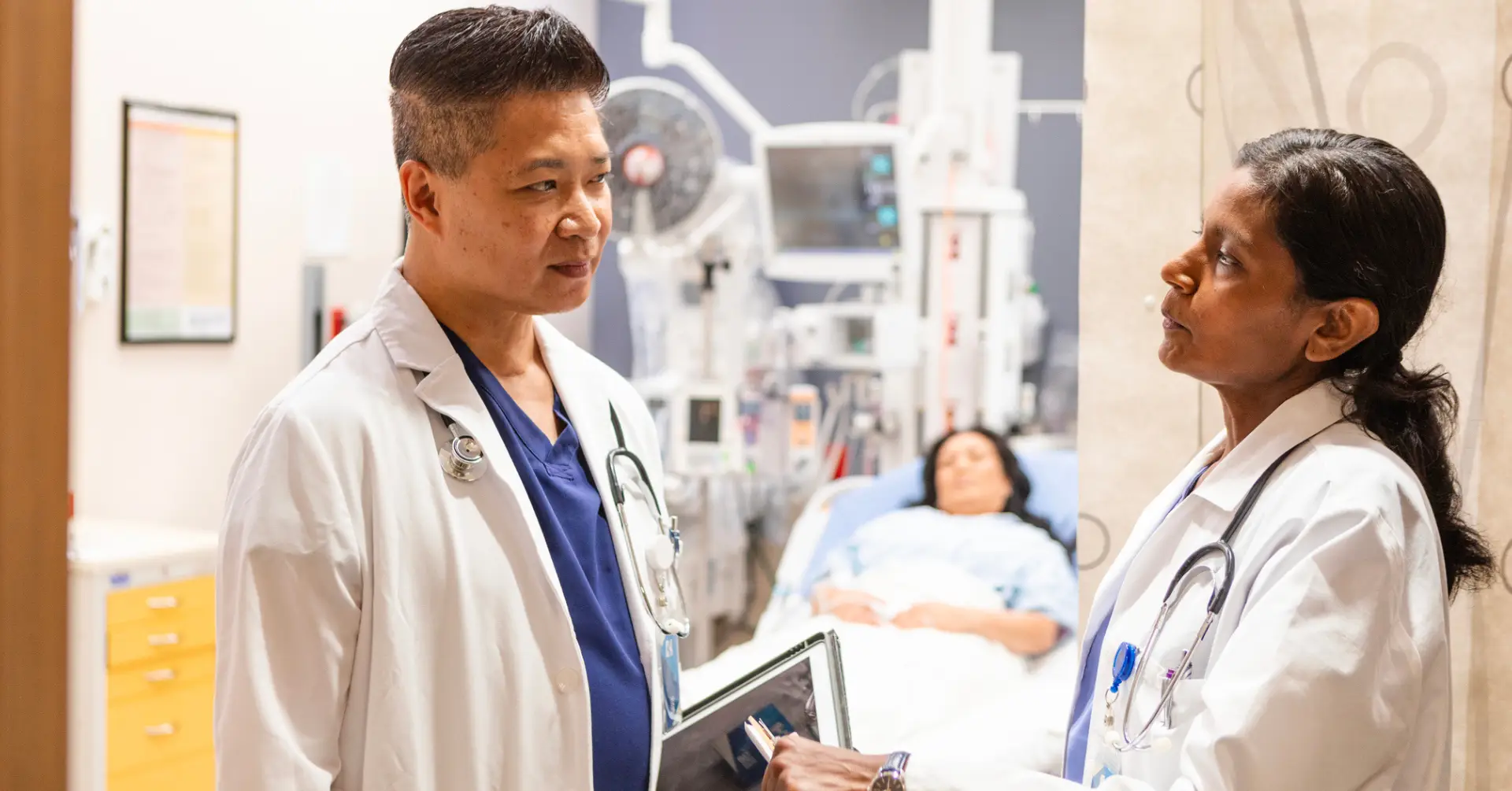In the complex systems which define modern health care environments, one principle stands above all others: patients must be at the center.
So, what does it mean to have a patient-centric culture, and how does it impact the crucial clinician-patient relationship? The answer has far-reaching implications for hospitals, health systems, the patients they treat, and the clinicians who deliver care.
The Essence of Patient-Centricity
At its core, a patient-centric culture places patients at the heart of every decision, strategy, and action. It’s not just about providing medical care; it’s about creating an environment where patients feel valued, understood, and empowered in their health care journey
Hallmarks of a Patient-Centric Culture
Quality Care as the North Star
In a truly patient-centric organization, high-quality care delivery is the top priority. All operational decisions, from staffing to resource allocation, are made with the patient’s best interests in mind. It’s crucial to remember that behind every metric and statistic are real people with unique needs and experiences.
Education and Training
Patient-centric organizations invest in educating their staff to address patients’ values, preferences, and needs. This includes training in cultural competence and developing skills to create meaningful connections with patients.
Prioritizing Access to Care
A patient-centric culture ensures that care is accessible to all who need it. This means creating sustainable operational processes and working to coordinate care at all stages of the patient journey.
Caring for Clinicians
Being patient-centric also means being clinician-centric. Engaged clinicians who are satisfied with their work provide better patient care. Research shows that clinician experience and satisfaction are closely linked with patient experience and satisfaction.1 This interconnection has important implications for overall health care quality and outcomes. Ultimately, happy clinicians operating in a high-trust environment lead to happy patients, creating a positive cycle that affects everyone involved in the health care journey.
The Link Between Clinician and Patient Experience
When clinicians feel engaged and supported, they are better equipped to provide high-quality, compassionate care. These clinicians often communicate more effectively and work more efficiently, both of which contribute to improved patient experiences.
Moreover, clinician satisfaction with tools like Electronic Health Records (EHRs) directly impacts the quality of patient care.² As clinicians receive training and become more proficient with these systems, it typically leads to better outcomes and higher patient satisfaction. Even in the realm of virtual care, the clinician’s comfort with technology significantly influences patient satisfaction with telehealth visits.
Nursing care also plays a crucial role in patient satisfaction and loyalty. Studies indicate that patients’ experiences with nursing care directly and positively impact their loyalty to a hospital.³ This effect extends even to night nursing, highlighting the importance of consistent, high-quality care. Furthermore, organizational factors such as effective resource management, adequate training, and support for clinicians contribute significantly to both clinician and patient satisfaction.4
Finally, organizational factors such as training, support and effective resource management have been shown to have significant positive impacts on clinician satisfaction, and thus the patient experience.5
The Dyad Leadership Model: Balancing Care and Operations
Patient-centric organizations understand and respect the need for trust not only between clinicians and patients, but also between clinicians and their organizational leaders. They empower clinicians with the tools and support needed to deliver the best possible care at the bedside. Moreover, they respect the clinical judgment of their health care providers, offering support and guidance when requested without interfering with medical decisions.
One effective approach to fostering trust is the dyad leadership model. This model pairs clinical and administrative leaders to provide comprehensive oversight of both patient care and operational efficiency. By combining clinical expertise with operational acumen, health care organizations can make decisions that are both medically sound and operationally feasible, ultimately enhancing patient care and experience.
Patient-Centric as the Priority
A truly patient-centric culture goes beyond slogans and mission statements. It’s reflected in every interaction, every decision, and every aspect of care delivery. By putting patients at the center and supporting the clinicians who care for them, health care organizations can create a culture that truly serves the people at the heart of health care.






